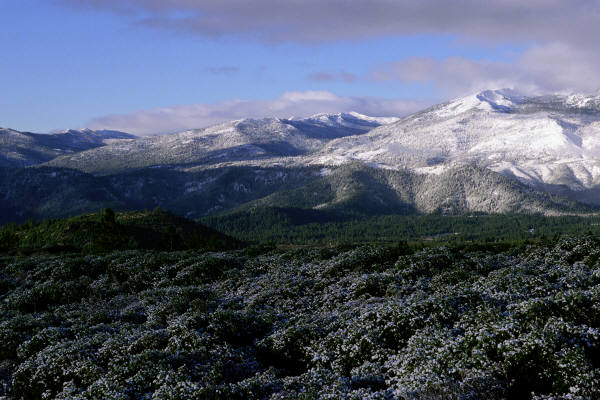

They can snack on seabirds, carcasses, goose eggs, seaweed and berries. However, they are opportunistic and will feed on what is available if it is easy to get. While on land, Polar Bears are mostly inactive and rely on their fat stores to survive. Polar Bears come ashore when sea ice melts in summer, when they den during storms or when pregnant females den to have a protected place to birth and raise their tiny young to the point where they can survive out in the open and on the sea ice. Polar Bears are considered marine mammals as they rely on seals and other marine species as a source of food. The Dolphin and Union herd is listed as being of Special Concern under the federal Species at Risk Act. But all caribou are well adapted to their northern life and are equipped to conserve heat during the winter: they grow a thick winter coat and have a hairy muzzle, short ears and tail and a compact body. For example, individuals in the Dolphin and Union herd in the north are generally smaller than those that winter in the taiga. Different herds of this subspecies have some physical differences because of their habitats and habits. In the summer, they feed on a variety of plants and shrubs. In the winter, caribou look for areas exposed by the wind with little snow or ice cover and/or softer snow, where they can scratch off the snow to find food (mainly lichens). Most populations, or herds, of this species migrate to and from the taiga, south of the tree line, and the tundra, but some smaller herds (the Dolphin and Union herd) remain in the tundra year round, migrating from wintering to summering areas over the sea ice. The Barren-ground and Peary Caribou are subspecies of caribou occurring from Alaska, to Baffin Island in Nunavut. Lichens are very sensitive to air pollution, and scientists use them as a bioindicator of air quality. Their growth is very slow, but they can live for extended periods of time (as much as 4,000 to 5,000 years!) if left undisturbed. Lichens, like mosses, need moisture to grow and can go into dormancy if conditions are too dry. The alga or bacterium lives embedded within the fungus, and this association of different species makes for a great variety of lichens of different colours and shapes. Fungi provide a structure and the absorption of minerals from the environment (the rock, soil or plant it grows on), while algae or bacteria can produce energy from light via photosynthesis to feed themselves and the fungi. Lichens are the result of a symbiotic relationship, similar to the one that forms corals. Hardy lichens play an important role as a food source for a variety of species, including barren-ground caribou, which eats mostly reindeer lichen, a group of lichen species, in the winter. Lichens (in gray) on the tundra ground vegetation and fungi Some can even grow while still under the snow, using nutrients stored in their roots! Other species have evergreen leaves that start photosynthesis as soon as the soil thaws. This enables the plant to absorb a broader spectrum of light. Leaf colour is also important, which is why some species, like the Arctic blueberry, turn red at the end of the summer. Warmer flowers or transparent seed pods mean that the seeds contained in them will mature more quickly, which is vital in the brief Arctic summers. Others, like the Bog Rosemary, have downward facing flowers that act like little greenhouses.

Their colour and shape also helps heat absorption. To prevent them from drying out, several plants have no stems at all! Some flowering plants, like the Arctic Poppy, have big flowers that can orient themselves to face the sun at all times.
Blue planet biomes tundra skin#
Some tundra plants, like the Mountain Cranberry, have desert plant–like adaptations, such as wooly hairs, thick leaves and a thick, waxy skin to prevent water loss from the leaves due to the drying winds. The shape of the flowers, leaves and stems can also be adapted for life in the Arctic.


 0 kommentar(er)
0 kommentar(er)
